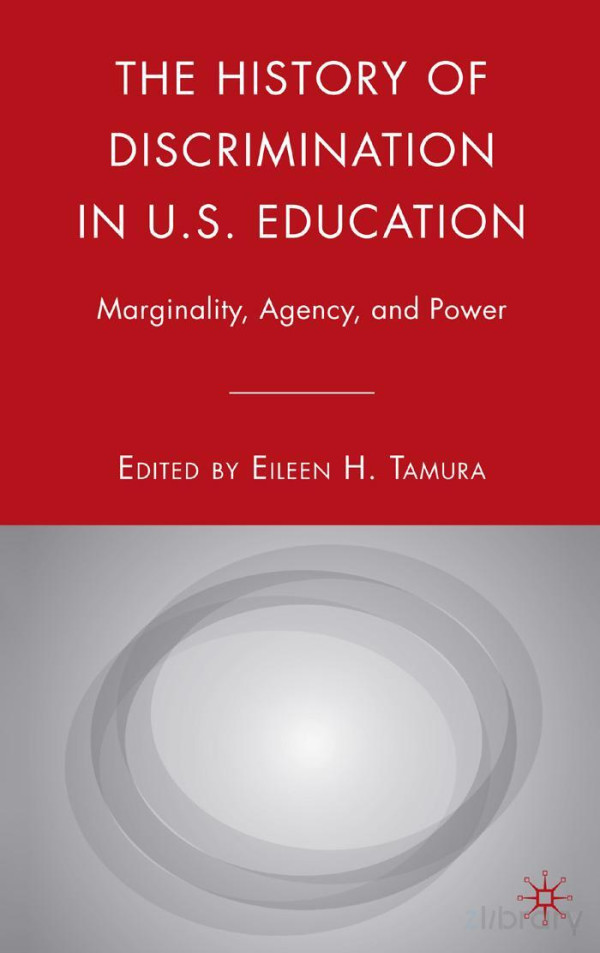

Most ebook files are in PDF format, so you can easily read them using various software such as Foxit Reader or directly on the Google Chrome browser.
Some ebook files are released by publishers in other formats such as .awz, .mobi, .epub, .fb2, etc. You may need to install specific software to read these formats on mobile/PC, such as Calibre.
Please read the tutorial at this link: https://ebookbell.com/faq
We offer FREE conversion to the popular formats you request; however, this may take some time. Therefore, right after payment, please email us, and we will try to provide the service as quickly as possible.
For some exceptional file formats or broken links (if any), please refrain from opening any disputes. Instead, email us first, and we will try to assist within a maximum of 6 hours.
EbookBell Team

4.1
90 reviewsIn the first essay, Hannah M. Tavares explains how the U.S. government used official reports and Filipino exhibitions at the 1901 and 1904 world's fairs to justify “The Racial Subjection of Filipinos.” In “Containing the Perimeter,” Karen L. Graves shows how the National Association for the Advancement of Colored People rebuffed the Florida Legislative Investigation Committee (flic) during its 1950s hearings that tried to link black faculty at Florida Agricultural and Mechanical University to the Communist party. flic then sought a more vulnerable target, gay and lesbian teachers, who, threatened by publicity and polygraph examinations, preferred to resign; seventy-one lost their teaching certificates. In “‘It Is the Center to Which We Should Cling,’” Anna Bailey argues that by supporting the North Carolina Democratic party in 1898 and black men's disenfranchisement, the Croatan Indians obtained funding that elevated their school districts to “the middle rung” between white and black schools (p. 74). In “Searching for America,” Tamura describes the quest of the Hawaiian-born Nisei Joseph Yoshisuke Kurihara for an American identity through further schooling, conversion to Catholicism, and World War I army service. After being “assaulted, spat at, and stoned in the streets” (p. 7), and then sent to the Manzanar War Relocation Center during World War II, he renounced his American citizenship and